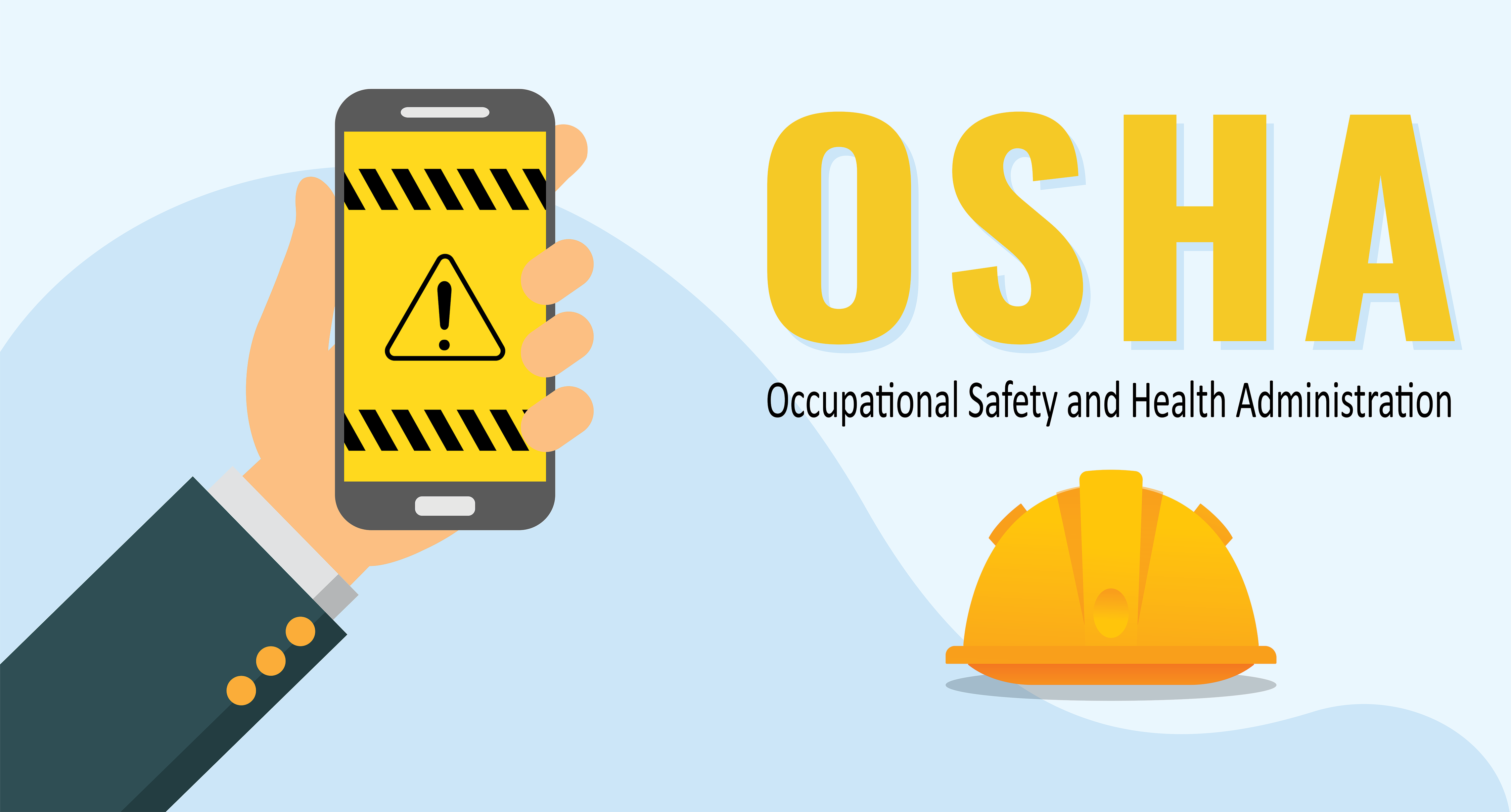Understanding OSHA’s Update to Hazard Communication Standard
July 16, 2024
Introduction
Updates to OSHA’s Hazard Communication Standard (1910.1200) will now align with the seventh revision of the UN Globally Harmonized System of Classification and Labeling of Chemicals (GHS). Set to take effect on July 19, 2024 the new rule replaces the previous 2012 update, which aligned with the third revision of GHS.
Overview of the Updated Standard
Key changes include revised criteria for classifying health and physical hazards, updated provisions for labeling, especially for small containers, and new rules regarding trade secrets and safety data sheets. The standard aims to improve hazard information clarity for workers and first responders, ensuring safer handling, storage, and disposal of chemicals.
Benefits and Impact
Per OSHA, “Workers will also benefit from other changes in the updated standard, including a clearer hazard classification process to provide more complete and accurate hazard information on labels and safety data sheets; updated physical hazard classes to better inform users on safe handling of explosives, aerosols and chemicals under pressure; and updated precautionary statements on how to safely handle, store and dispose of hazardous chemicals.”
Who is at Risk?
- Workers Handling Hazardous Chemicals: Those directly handling chemicals in industries such as manufacturing, construction, healthcare, and laboratories face direct risks if hazard information is unclear or incomplete.
- Employers and Safety Managers: Responsible for ensuring compliance with updated hazard communication protocols, including revising programs, labels, and employee training.
- Chemical Manufacturers, Importers, and Distributors: Required to update their labeling and safety data sheets to comply with new classification criteria and labeling provisions.
- First Responders: Need accurate hazard information on labels and safety data sheets to safely respond to emergencies involving hazardous chemicals.
- Small Container Users: Specific provisions target improved labeling on smaller packages to ensure hazard information is readily accessible and understandable.
Each group must adhere to the new standards to mitigate risks associated with handling, storing, and using hazardous chemicals effectively.
Call to Action
Chemical manufacturers, importers, and distributors have until 2027 to comply, depending on whether they are evaluating substances or mixtures. Employers using these chemicals must update their programs, labeling, and training by 2026 or 2028, depending on the substances involved. During the transition, entities can comply with either the old or new standards.
Conclusion
—
Help us build a safer workplace by understanding and contributing to this critical issue. Contact us for more information on hazard communications.


